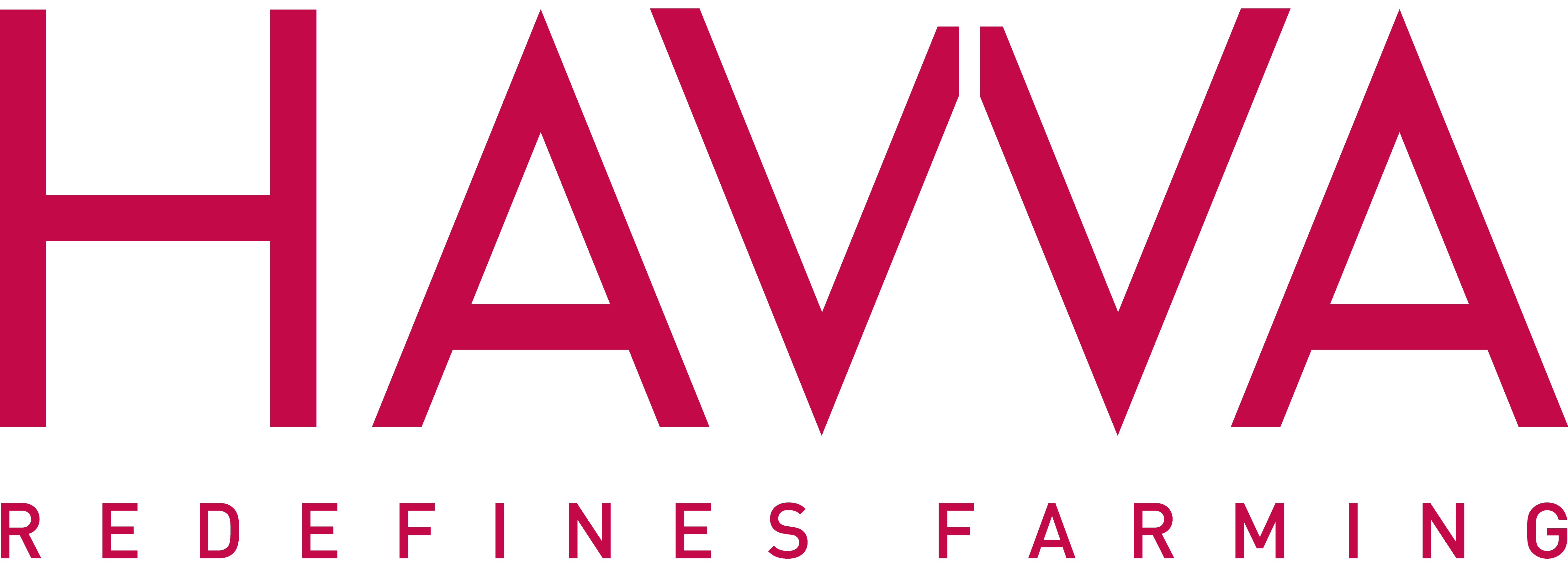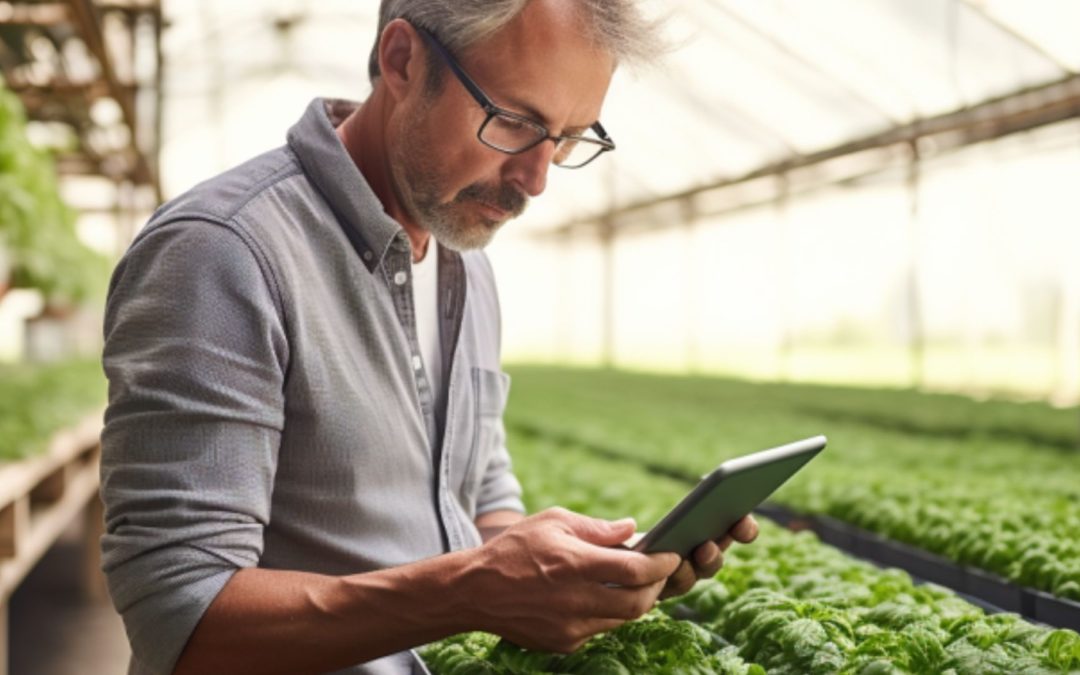In our swiftly changing world, technology is reshaping every corner of our lives, and agriculture is no exception. Imagine a future where computers learn and adapt just like humans, seamlessly collaborating with farmers to boost food production. This incredible transformation is driven by deep learning, machine learning, and artificial intelligence (AI), all of which are reshaping the farming landscape. Let’s delve into these remarkable tools and understand how they are introduced in a smart, efficient, and eco-conscious revolution in agriculture.
Unleashing the Power of Learning: Machine Learning
At the heart of this revolution lies machine learning, a groundbreaking technology that empowers computers to learn and enhance themselves using data from humans. Algorithms are key to machine learning, specialized tools that can detect patterns within data. Furthermore, these algorithms use mathematical principles to uncover connections hidden within information. As computers encounter more data, their predictive abilities and decision-making skills improve, much like how humans refine their skills through experience.
Certainly, machine learning operates in various ways, similar to how humans learn through different approaches. One approach involves computers learning from well-labeled data, while another entails deciphering patterns in data that lack labels. Moreover, there’s a method where computers learn through trial and error, gaining rewards for accurate actions and facing consequences for mistakes. Not only that, this multi-faceted nature of machine learning holds immense potential not only for agriculture but also for a myriad of other fields.

Diving Deeper: The World of Deep Learning
Think of deep learning as a special type of machine learning, which is like computers trying to copy how human thinking works. Basically, it utilizes complex layers of artificial neural networks to comprehend and process information, mirroring the functioning of our brains. Deep learning truly shines when dealing with data containing intricate patterns, such as recognizing spoken language or identifying objects within images. Imagine, computers having the ability not just to recognize faces but also to evaluate plant health through visual data.
In agriculture, deep learning plays a vital role in tasks involving image interpretation and processing. Moreover, it can analyze plant images and proactively notify farmers about potential issues. Imagine it as an empowered tool that equips farmers to make informed decisions, optimize resource allocation, and enhance productivity.

AI: Your Expert Farming Companion
Consider AI as one of your smart friends who knows everything. AI combines insights acquired from machine learning and deep learning to offer informed advice. Certainly, it begins by accumulating a treasure trove of farming information – weather conditions, water status, crop types, and more. Subsequently, AI identifies patterns from this data. Just as your knowledgeable friend recognizes correlations between specific crops and ideal temperatures or the appearance of pests after rain, AI also recognizes patterns. Once these patterns are learned, AI generates predictions and suggestions. For example, it might recommend, “Given the upcoming weather conditions, this is the right moment to plant tomatoes.” In essence, AI serves as a well-informed guide for farmers, utilizing its vast data repository to assist in making sound choices.
Excitingly, HAVVA is fully embracing AI and smart farming technologies. In fact, our upcoming blog post will talk more about how HAVVA is integrating AI into its HAVVAponics farming practices. Stay tuned for a closer look at how HAVVA is utilizing AI to revolutionize the world of agriculture!

Transforming Agriculture through Deep Learning
1. Unveiling the Potential: Detecting Plant Diseases with Deep Learning
Imagine a computer that diagnoses plant diseases solely by analyzing their leaves. Enter deep learning. By analyzing plant images, deep learning algorithms detect disease signs that might escape human observation. Deep Learning is like a super-powered magnifying glass. It can zoom in on the tiniest parts of the plants and find signs of sickness that our eyes might miss. It’s also really fast at analyzing lots of plants at once. Imagine trying to check every single leaf on a big farm – it would take humans a really long time. For example, while a tomato plant might appear healthy to us, deep learning can detect slight color changes or patterns indicating early-stage diseases. If we don’t catch the sick plants early, the diseases can spread and make many plants unhealthy. However, this means the plants won’t grow well and farmers would get fewer crops to sell or eat. Farmers might lose money if their crops have disease. Generally, they invest time, effort, and money in growing the crops, so if the plants don’t do well, it’s a financial loss.
2. Predicting Prosperity: Machine Learning for Yield Prediction
Machine learning serves as a crystal ball for farmers, predicting crop yields based on diverse factors. Imagine having the ability to anticipate vegetables production even before the harvest season arrives. By analyzing historical data of weather, sunlight, water usage, and more, machine learning generates accurate yield predictions. If we don’t do yield prediction and grow too much food, it might go to waste and be thrown away. Just like how too much cake at a party can go uneaten and get thrown out. So, by predicting the yield, we can make sure we grow the right amount of food and use our resources wisely. It’s like planning ahead to make sure everyone has enough to eat and nothing goes to waste. Additionally, these applications of Machine Learning in yield prediction offer valuable insights to farmers which lead to improved productivity, reduced labor, and better utilization of resources in agricultural practices.
3. Customized Crop Management: Precision Agriculture
Precision agriculture, enabled by AI and data analysis, customizes farming practices for specific field segments. Moreover, this strategic approach takes into account water quality, nutrient levels, and other variables, optimizing resource utilization and minimizing environmental impact.

4. Smart Watering for Sustainable Growth
AI extends its role to resource management, especially water consumption. AI-powered smart irrigation systems rely on sensor data and weather forecasts to determine optimal watering schedules. For example, if it’s a hot day, AI might water the plants a little extra to keep them hydrated. If it’s been raining, AI might decide to skip watering that day. This smart watering system saves water because it only waters the plants when they really need it. It also saves time for the person taking care of the garden because they don’t have to guess when to water each plant. Plus, it helps the plants grow healthier and stronger because they get just the right amount of water.
5. Counting Leaves for Healthier Crops
Even the seemingly simple task of leaf counting holds immense significance for plant health. Machine learning algorithms adeptly count leaves, providing insights into plant growth and vitality. If farmers don’t count the leaves on their plants, they might not realize if there’s a problem, like a disease or insect eating the leaves. If we count the leaves regularly, farmers can catch detect any problem and take action earlier, preventing nutrient deficiencies and stress that could hamper yields.
6. Early Stress Detection with AI
Similar to humans, plants experience stress. AI identifies stress symptoms by analyzing factors like color variations and growth patterns. Early detection allows for targeted intervention, preventing further deterioration. Without AI, undetected stressed plants could fall victim to diseases or pests, jeopardizing crop production.
7. Enhancing Crop Genetics: AI-Driven Breeding
AI’s influence extends to genetic crop enhancement. Machine learning analyzes plant genomes, identifying genes linked to desirable traits like disease resistance and high yields. This accelerates the breeding process, facilitating the development of robust crop varieties suited to evolving environmental conditions.

Conclusion: Nurturing a Sustainable Future
The convergence of technology and agriculture highlights the pivotal role of deep learning, machine learning, and AI in ushering in a more sustainable and productive farming future. By harnessing data’s potential, these technologies empower farmers, enabling them to make informed decisions that resonate both with their livelihoods and the global food supply. Embracing this agricultural revolution promises resource optimization, reduced environmental impact, and a brighter outlook for farmers and consumers alike. This synergy between nature and technology inaugurates a new era of farming—one where innovation nurtures the earth, guaranteeing plentiful harvests for generations to come.

Reference List:
1. Harikumar Pallathadka, Malik Mustafa, Domenic T. Sanchez, Guna Sekhar Sajja, Sanjeev Gour, Mohd Naved, 2023, IMPACT OF MACHINE learning ON Management, healthcare AND AGRICULTURE, Volume 80, Part 3, Pages 2803-2806, ISSN 2214-7853, https://doi.org/10.1016/j.matpr.2021.07.042
2. Andreas Kamilaris, Francesc X. Prenafeta-Boldú, 2018, Deep learning in agriculture: A survey, Computers and Electronics in Agriculture, Pages 70-90, ISSN 0168-1699, https://doi.org/10.1016/j.compag.2018.02.016
3. Ishana Attri, Lalit Kumar Awasthi, Teek Parval Sharma, Priyanka Rathee, 2023, A review of deep learning techniques used in agriculture, https://doi.org/10.1016/j.ecoinf.2023.102217
4. Sharada P. Mohanty, David P. Hughes, Marcel Salathe, 2016, Using Deep Learning For Image-Based Plant Disease Detection, https://doi.org/10.3389/fpls.2016.01419
Come and check out where you can purchase HAVVA-grown vegetables!
HAVVAponics is a soil-free farming system where plants grow in nutrient-rich water with fish. This symbiotic relationship creates a closed-loop ecosystem, where the plants purify the water for the fish, and the fish provide essential nutrients for the vegetables. With HAVVAponics technology, we bring you the freshest and pesticide-free produce straight from our eco-friendly farms. Embrace a healthier lifestyle and support environmental sustainability by choosing HAVVA-grown vegetables for your family. Taste the difference and order now!
Grow vegetables at home without soil.
If you are interested in growing your own fresh and safe vegetables at home, HAVVA does provide a ready-made home system for beginners to grow vegetables at home with the help of our expert customer support team. We do provide lifetime customer support to guide you no matter if it’s a home system or planting questions, our team is ready to assist you.
Follow us and stay tuned to our new updates on our social media!

